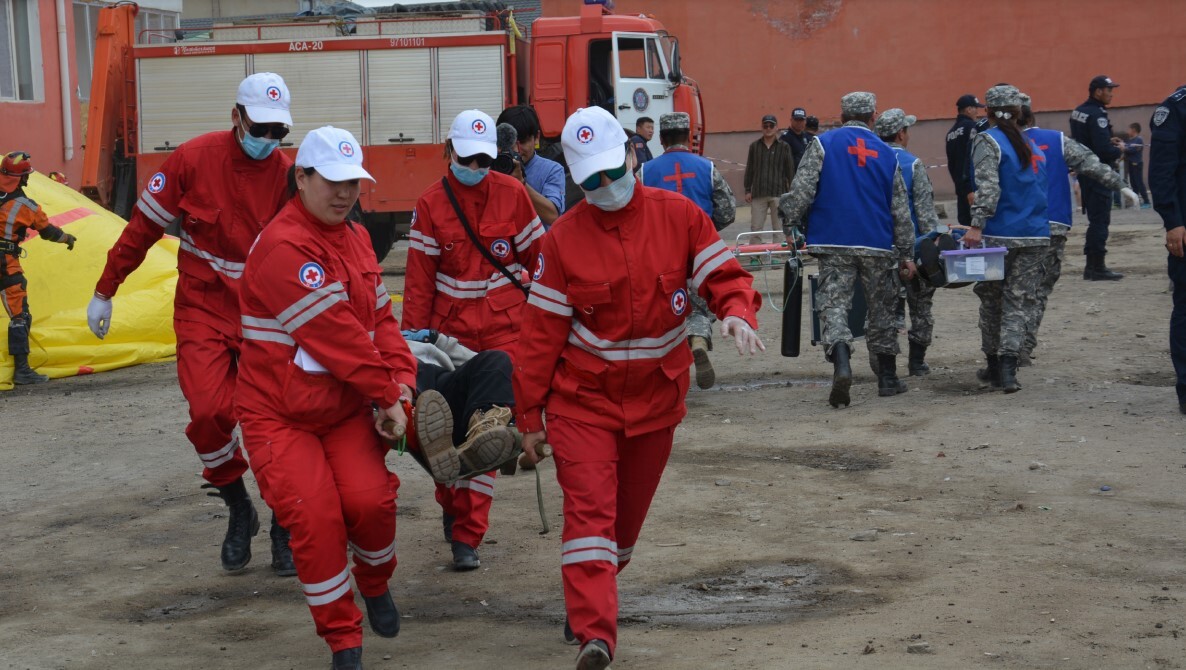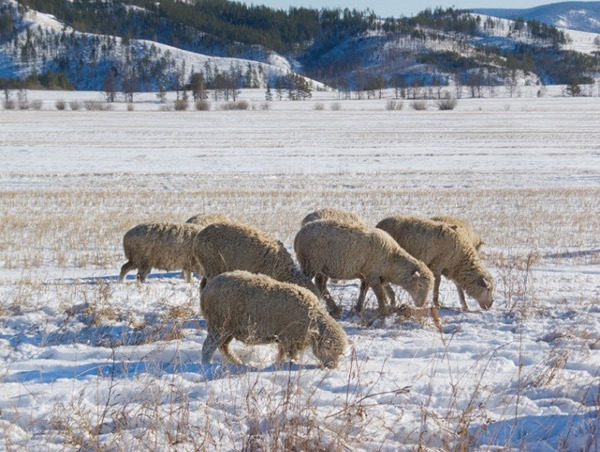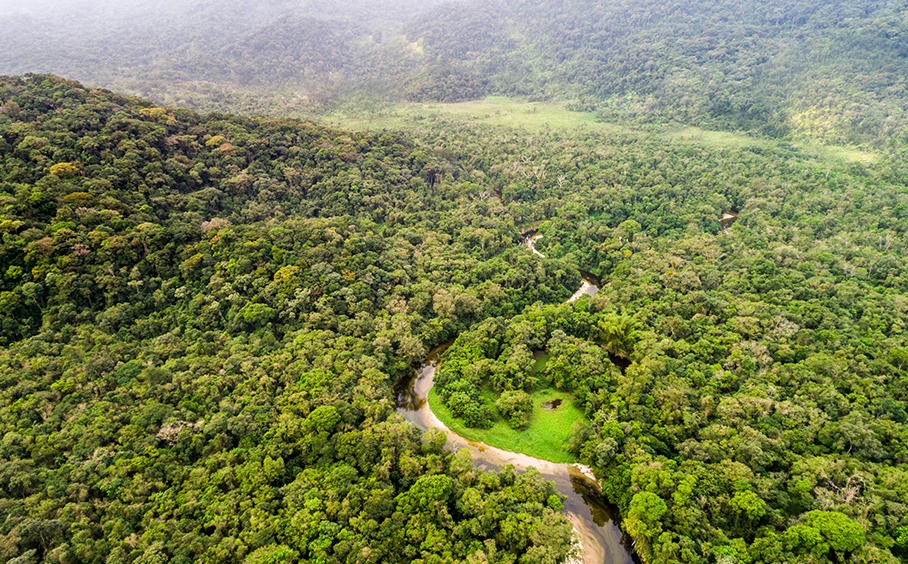
Fig. 1: Ulaanbaatar, the capital city of Mongolia
View of Ulan Bator from mountain Zaisan, Mongolia — Photo by fightbegin via depositphotos
Introduction
Ulaanbaatar (Fig. 1) is the capital city of Mongolia and houses half of the total national population. This city lies along the Tuul River, which is the city’s main water resource. Approximately half of the nation’s population relies on pumped groundwater, which is recharged by the Tuul River and surrounding mountain areas (except in winter, when the Tuul River freezes).
In recent years, the population of Ulaanbaatar has expanded due to people from rural areas have moved to the capital (Chuo University and Nikken Sekkei Civil Engineering Ltd, 2010). Therefore, water demand in this city has increased and is predicted to continue increasing (Fig. 2). This problem may also be exacerbated by the fact that the flow of the Tuul River appears to have decreased in recent years (Chuo University and Nikken Sekkei Civil Engineering Ltd, 2010).
The aims of this study were twofold: first, to quantify the nature of water decline in the Tuul River using observational data and, second, to propose adaptation measures to deal with the decline in Ulaanbaatar’s water resources.

Fig. 2: Predictions for groundwater reserves and total water availability for Ulaanbaatar, plotted alongside low, medium, and high projections for future demand. Data taken from 2030 Water Resources Group (2016).
Decline in Tuul River water resource
Recorded water flow data are available from several observation stations along the Tuul River and its tributary, the Terelj River (Fig. 3). Prior to 1993, measurements recorded at Ulaanbaatar station showed that flow varied substantially, ranging from 2 ✕ 106 to 2 ✕ 107 m3 y-1. Flow decreased drastically from 1994 to 1995 and has remained low (~2-6 ✕ 106 m3 y-1) ever since (Fig. 4). The observation stations at Terelj and Bosgiin Guur record flow along the Terelj and Tuul Rivers, respectively, before they converge upstream of Ulaanbaatar (Fig. 3). The accumulated flow from both these areas recharge the groundwater of Ulaanbaatar through the Tuul River.
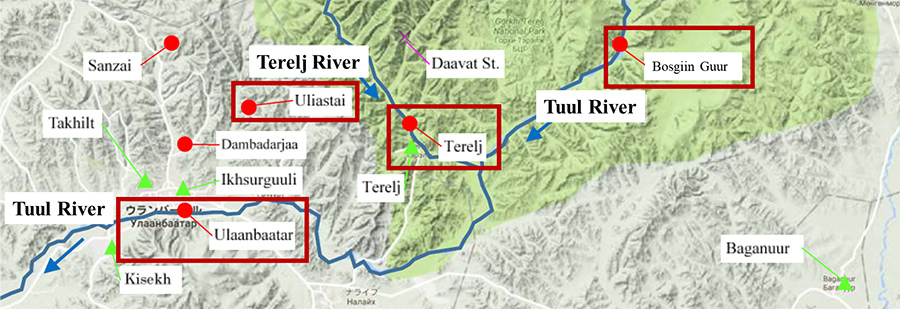
Fig. 3: Flow observation stations in the Tuul River basin; red boxes indicate the stations used in this study (Chuo University and Nikken Sekkei Civil Engineering Ltd, 2017).
The annual water flow at Ulaanbaatar station (Fig. 4) accounts for 53 and 78% of the accumulated annual flow at Terelj and Bosgiin Guur stations, and the remaining water flow at Ulaanbaatar station, which originates elsewhere, has decreased from 47% in 1994 to 22% in 1995 (Fig. 4). This remaining contribution disappeared in 1996, and the annual flow at Ulaanbaatar has been composed entirely of the combined annual flow of the Terelj and Bosgiin Guur stations ever since (Fig. 4). This implies that the unknown water source contributing to Ulaanbaatar prior to 1996 has ceased; the reason for this is unknown.
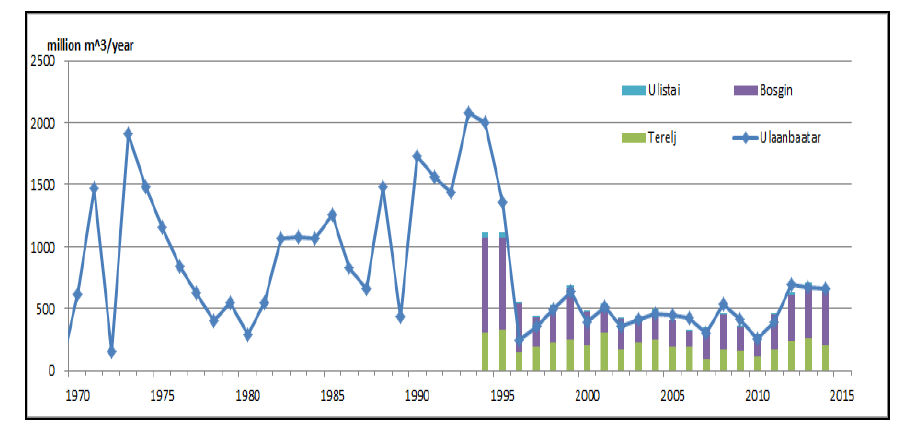
Fig. 4: Long-term (1970–2014) variation in annual flow of the Tuul River recorded at Ulaanbaatar station, plotted alongside water flow measurements from stations upstream of the city (Chuo University, 2017).
According to Fig. 5, annual precipitation decreased from 318 mm in 1995 to 217 mm in 1996 (~30% decrease). However, examining precipitation change over a longer timescale reveals that this change is transient and appears to be within inter-annual variability (Fig. 5). Therefore, it is unlikely that a decrease in precipitation can explain the decrease in water flow observed in the Tuul River.
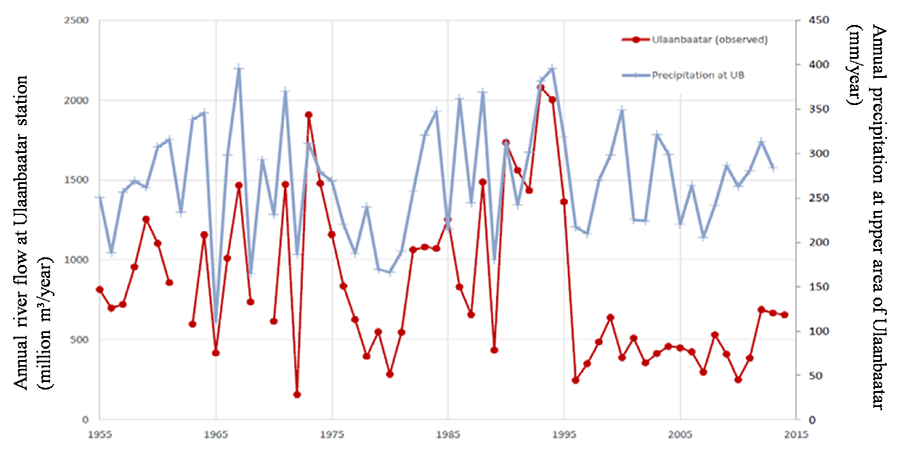
Fig. 5: Annual precipitation in areas upstream of Ulaanbaatar, plotted alongside annual flow measurements of the Tuul River recorded at Ulaanbaatar station (Chuo University and Nikken Sekkei Civil Engineering Ltd, 2017); UB: Ulaanbaatar.
Climate change risk assessment
The observed flow reduction of the Tuul River and the increase in permafrost thaw due to global warming, which has been observed across Mongolia in recent years (Fig. 6), are possible factors influencing the decline of the Tuul River. Since the relationship of each factor is not clear, Chuo University is currently conducting a climate change impact assessment to explore the effects of climate change on the Tuul River’s flow, including the effects of permafrost thaw, using general circulation models and a soil and water assessment tool (Fig. 7).

Fig. 6: Comparison of permafrost distribution in Mongolia between the 1980s and 2000s. (A) Permafrost map from the 1980s obtained from meteorology data, and (B) permafrost map from the 2000s obtained from MODIS data (Wang et al., 2010).

Fig. 7: Schematic of a soil and water assessment tool that could be used to explore the effects of climate change on the Tuul River’s flow.
Proposed measures for the future
The working team of the Project organized the existing data regarding the river flow, development status of groundwater, discharge of wastewater and future prospects in the capital, and the team is studying an effective package of adaptation measures dealing with existed issues and based on future needs as follows (Table 1; Fig. 8).
Table 1: Potential impact assessments and adaptation measures for Ulaanbaatar


Fig. 8: Ideas for water resource adaptation in Ulaanbaatar (Chuo University and Nikken Sekkei Civil Engineering Ltd, 2017); WWTP: wastewater treatment plant.
Related Information
- 2030 Water Resources Group; Hydro-economic Analysis on Cost-Effective Solutions to Close Ulaanbaatar’s Future Water Gap - Final Report, 2016.
- Chuo University and Nikken Sekkei Civil Engineering Ltd; Japan - Mongolia cooperative project on climate change impact assessment in Mongolia, Ministry of the Environment of Japan, 2017.
- Wang Q-X, Wu T, Xiao Q, Watanabe M, Batkhishig O, Liu J-Y, Int.Jt.Conf.Clic/IACS, 2010.


